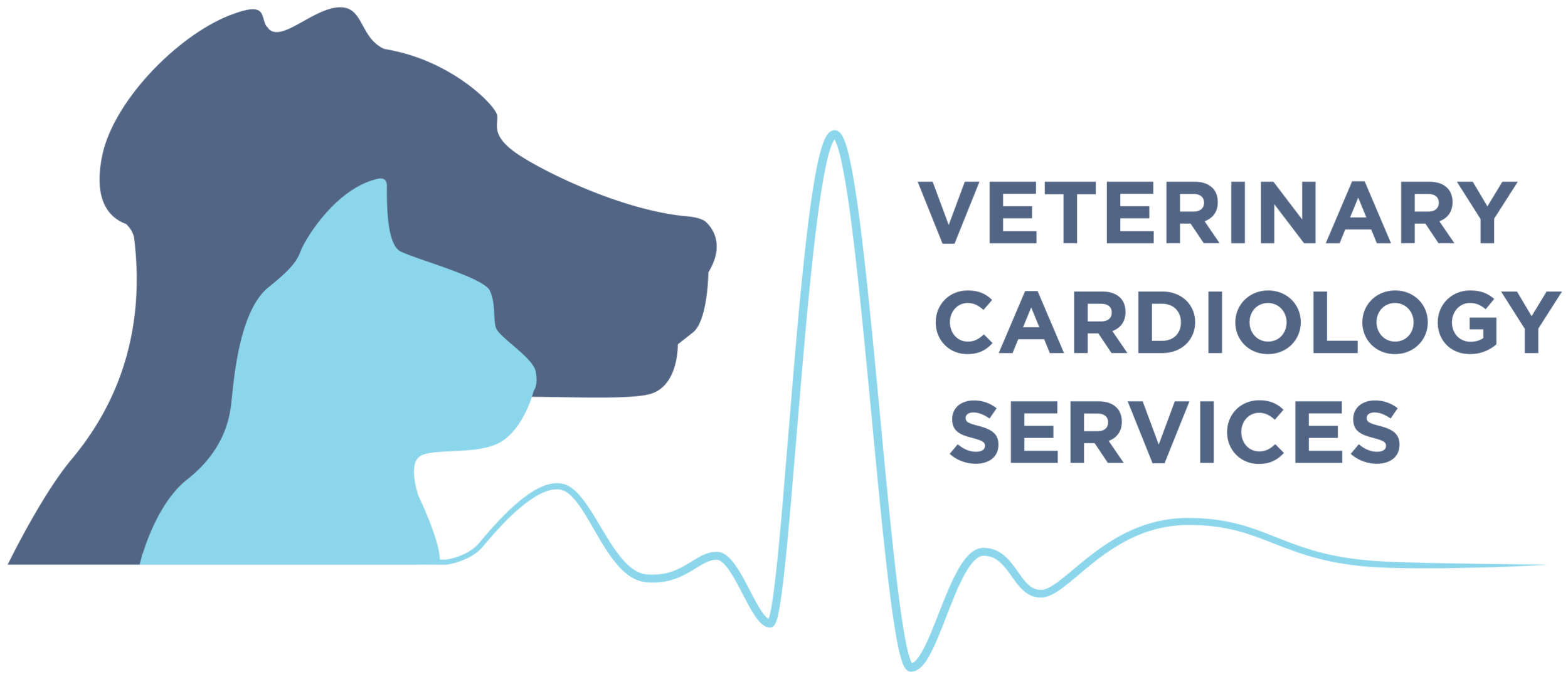The Function of Ultrasound and CT Scan in Modern Vet Practices: Insights From Experienced Professionals
In modern-day vet practices, ultrasound and CT scans significantly improve diagnostic abilities. These imaging techniques provide crucial understandings right into animal wellness, leading therapy choices. Experienced specialists identify the special benefits of each method. Ultrasound uses real-time analyses, while CT checks supply detailed anatomical details. Recognizing their roles and applications raises essential concerns regarding their influence on person results and the future of veterinary diagnostics. What understandings can be acquired from their incorporated usage?
Understanding Ultrasound in Vet Medicine
Ultrasound is a vital analysis device in veterinary medicine, offering a non-invasive technique to imagine inner structures. This imaging strategy employs high-frequency audio waves to develop real-time photos of cells and organs, enabling vets to examine conditions without surgical intervention. Common applications consist of assessing the heart, liver, kidneys, and reproductive body organs, in addition to checking pregnancies.The procedure is relatively fast and can be executed in different settings, making it an easily accessible option for veterinarians. Unlike radiography, ultrasound supplies in-depth info about soft cells and blood circulation, which is important for exact diagnoses.Veterinary experts depend on ultrasound to spot problems such as lumps, cysts, and liquid build-up. Its capability to assist biopsies and various other treatments better enhances its utility in professional technique. By providing a effective and secure way to check out inner composition, ultrasound has actually ended up being a keystone of modern vet diagnostics.
The Advantages of CT Checks for Animal Diagnostics
CT scans deal significant advantages in vet diagnostics by supplying enhanced accuracy in determining interior problems (Cancer Veterinary Near Me). As a non-invasive imaging strategy, they ensure the safety and security and comfort of animals during assessments. On top of that, CT checks promote a comprehensive analysis of internal structures, enabling a lot more efficient therapy preparation
Boosted Analysis Precision
Advancements in imaging modern technology have actually greatly boosted diagnostic accuracy in vet medication, particularly via the usage of CT scans. These scans provide thorough cross-sectional pictures of an animal's inner frameworks, permitting vets to recognize problems with precision. The high resolution and three-dimensional capabilities of CT imaging promote the discovery of conditions such as tumors, fractures, and internal bleeding that could be missed with standard imaging approaches. In addition, CT scans can help in pre-surgical planning by using a complete view of anatomical connections. This level of information not just improves the accuracy of medical diagnoses however also aids in tailoring reliable treatment plans. As a result, the assimilation of CT innovation into veterinary techniques is transforming the landscape of pet healthcare, improving end results for people.
Non-Invasive Imaging Method
The intro of non-invasive imaging strategies has changed animal diagnostics, with CT scans arising as a famous tool in vet practices. These scans supply high-resolution, cross-sectional pictures of a pet's interior structures, permitting vets to analyze complicated problems without the need for intrusive procedures. The benefits of CT scans include their capacity to identify tumors, fractures, and interior blood loss with amazing precision. Additionally, they facilitate the assessment of soft cells and body organs, improving analysis capabilities. The speed of CT scanning makes it possible for quick decision-making, which is crucial in emergency scenarios. By reducing stress and anxiety and discomfort for the pet, CT scans add to an extra humane method to diagnostics, inevitably enhancing therapy end results and advancing veterinary care.
Comprehensive Internal Evaluation
A detailed inner evaluation is crucial for precise medical diagnosis and efficient treatment in veterinary medication. CT scans offer substantial benefits hereof, providing thorough cross-sectional pictures of an animal's interior frameworks. This innovative imaging method boosts visualization of intricate physiological regions, allowing vets to recognize problems such as lumps, fractures, and inner bleeding with greater accuracy. Additionally, CT scans help with the assessment of problems that might be testing to diagnose through standard approaches. The rate and precision of CT imaging also add to timely interventions, boosting client results. As vet techniques progressively incorporate CT technology, the advantages of comprehensive interior evaluations become evident, enhancing the importance of this tool in modern-day veterinary diagnostics.
Contrasting Ultrasound and CT Imaging Techniques
While both ultrasound and CT imaging serve crucial duties in vet diagnostics, each method provides distinctive advantages and restrictions that can influence professional decision-making. Ultrasound is specifically valued for its real-time imaging capacities, enabling vets to observe dynamic physical processes. This strategy is non-invasive, portable, and does not include ionizing radiation, making it a more secure option for both medical professionals and pets. However, ultrasound might have restrictions in visualizing certain physiological structures or deep tissues.Conversely, CT imaging gives detailed cross-sectional sights of the body, permitting specific localization of problems. It masters reviewing facility organs and structures, particularly in the thorax and abdomen. CT scans call for sedation or anesthetic in several cases and include direct exposure to ionizing radiation. Ultimately, the option between ultrasound and CT depends on the particular scientific scenario, the location of interest, and the necessity of the diagnostic demands.
Case Studies: Successful Diagnoses Via Imaging
Instance researches highlight the substantial enhancements in analysis precision achieved with advanced imaging modern technologies like ultrasound and my company CT scans in vet practices. These developments not just enhance the detection of numerous conditions yet additionally facilitate timely and efficient therapy strategies. Assessing certain cases can highlight the transformative impact of these imaging methods on vet medicine.
Analysis Precision Improvements

Imaging Innovation Advancements
As veterinary imaging innovation remains to progress, its effect on diagnostic capacities ends up being increasingly obvious. Current case researches highlight the successful application of advanced ultrasound and CT scan strategies in determining complex conditions. For instance, a vet center used high-resolution CT scans to diagnose an uncommon kind of lung cancer in a pet dog, which traditional imaging had missed out on. Likewise, an ultrasound evaluation revealed an abdominal mass in a feline, motivating timely surgical intervention and a favorable outcome. These advancements not only enhance diagnostic accuracy yet likewise enable vets to design targeted treatment plans. By leveraging advanced imaging modern technologies, vet specialists are considerably improving individual care, bring about much more efficient administration of various health site here and wellness conditions in animals.
The Duty of Imaging in Emergency Veterinary Care
Imaging plays a vital role in emergency situation vet care, supplying vets with essential details required to make rapid, educated decisions. In immediate circumstances, techniques like ultrasound and CT scans allow professionals to quickly examine a family pet's interior structures, identifying essential problems such as interior bleeding, fractures, or organ problems. These imaging modalities enable real-time examinations, assisting in prompt interventions that can be life-saving. As an example, ultrasound is very useful for assessing soft tissue injuries and conditions like liquid buildup, while CT checks offer in-depth pictures of complex anatomical structures, vital for detecting trauma situations. The rate and precision of these imaging methods boost the veterinarian's capability to devise effective therapy strategies, ensuring the best feasible end results for their individuals. The combination of sophisticated imaging modern technologies into emergency situation vet methods is not just helpful but increasingly necessary, as it boosts analysis capabilities and boosts total pet care throughout important moments.

Training and Know-how in Veterinary Imaging
Although advanced imaging strategies such as ultrasound and CT scans are essential for efficient veterinary treatment, the successful implementation of these modern technologies heavily depends upon the training and experience of veterinary experts. Skillful use of imaging devices calls for thorough expertise of anatomy, pathology, and the concepts underlying each modality. Vet specialists must undergo specific training to accurately interpret imaging outcomes, which is vital for detecting conditions and intending treatment.Certifications and continuing education and learning in veterinary imaging enhance the abilities of specialists, allowing them to remain upgraded with technological developments. Partnership in between radiologists and vets typically results in enhanced diagnostic precision, as experts can supply understandings right into complicated situations. Additionally, sensible experience in managing imaging tools cultivates self-confidence in its application. Eventually, the high quality of vet imaging solutions is directly associated to the degree of training and knowledge possessed by the professionals utilizing these necessary diagnostic tools.
Future Fads in Diagnostic Imaging for Animals
With the rapid developments in modern technology, vet analysis imaging is poised for significant advancement in the coming years. Arising patterns suggest a shift in the direction of even more portable and accessible imaging techniques, such as portable ultrasound devices, which could enhance area diagnostics. In addition, the assimilation of expert system is expected to transform photo analysis, enabling quicker and a lot more accurate analyses of results.Moreover, innovations in 3D imaging methods and computed tomography will certainly supply vets with even more complete sights of animal makeup, causing better treatment plans. Digital reality technology may also contribute in medical planning and education, providing veterinarians a distinct viewpoint on complex cases.As telemedicine remains to expand, remote consultations assisted in by analysis imaging will certainly become extra common, enabling specialists to aid basic experts in real-time. Generally, these fads are readied to improve the efficiency and effectiveness of veterinary care, inevitably enhancing animal results.
Regularly Asked Questions
Exactly How Much Do Ultrasound and CT Checks Cost in Veterinary Centers?
The expenses of ultrasound and CT scans in vet centers normally vary from $300 to $1,500, depending upon elements such as place, center kind, and certain treatments required for the animal's diagnosis and treatment.

Are There Any Threats Connected With Ultrasound and CT Checks for Family Pets?
Ultrasound and CT scans usually pose minimal threats to family pets. Prospective problems include sedation responses and direct exposure to anesthetics. Veterinarians carefully evaluate each situation to mitigate any type of dangers related to these diagnostic procedures
Just How Long Do Ultrasound and CT Treatments Commonly Take?
Ultrasound procedures usually take about thirty minutes to an hour, depending upon the intricacy. CT scans, being more in-depth, generally call for thirty minutes to 90 mins, consisting of prep work and recuperation time for the pet dog.
Can All Veterinarians Perform Ultrasounds and CT Scans?
Not all veterinarians can execute ultrasounds and CT scans. Specialized training and accreditation are usually required to assure expertise in these advanced imaging methods, which might limit their accessibility to veterinarians with extra qualifications and resources.
What Sorts Of Pets Profit Most From These Imaging Techniques?
Certain pet varieties, particularly felines and pet dogs, advantage greatly from ultrasound and CT scans. These imaging strategies boost diagnostic precision for problems like tumors, interior injuries, and organ irregularities, resulting in better therapy results and person care. The high resolution and three-dimensional capacities of CT imaging assist in the detection of problems such as growths, cracks, and internal blood loss that may be missed with typical imaging methods. Situation researches illustrate the significant improvements in analysis accuracy achieved through innovative imaging technologies like ultrasound and CT scans in vet techniques. Improving diagnostic precision in veterinary methods has been significantly aided by improvements in imaging modern technologies such as ultrasound and CT scans. Innovative imaging strategies such as ultrasound and CT scans are crucial for reliable vet treatment, the effective application of these innovations heavily depends on the training and competence of veterinary professionals. Vet specialists have to go through specific training to properly translate imaging outcomes, which is important for identifying problems and preparing treatment.Certifications and proceeding education and learning in vet imaging enhance the abilities of practitioners, allowing them to stay updated with technical developments.